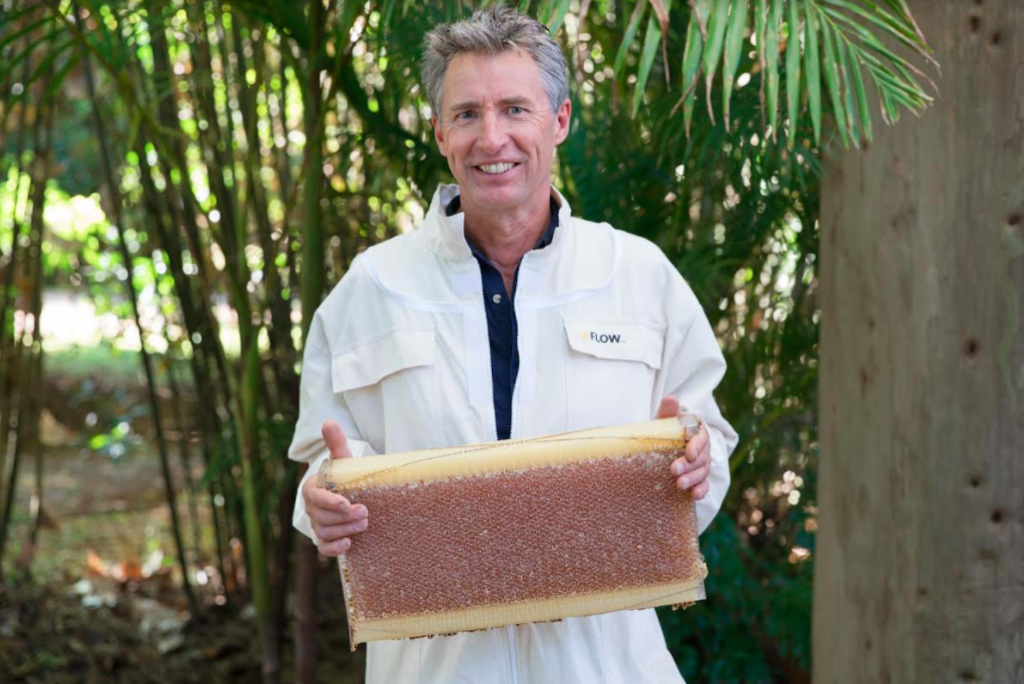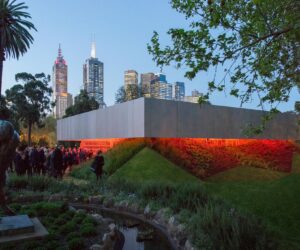The Australian Urban Agriculture Forum
Sustain: The Australian Food Network is hosting the Urban Agriculture Forum, 20 & 21 November, at the University of Melbourne, Burnley Campus. Join leading practitioners and policy-makers from across the urban and periurban food landscape to build a shared understanding of what urban agriculture is, and the benefits and opportunities it can offer.
Urban agriculture has an extensive and well-recognised role in many parts of the world. An estimated 800 million people are involved in urban agriculture globally, producing as much as 20% of the world’s total food requirements. In Australia however, urban and periurban agriculture lacks strategic support and recognition from state and federal governments, and from most local governments. This is despite city foodbowl regions producing large amounts of our food requirements: in the case of Melbourne, more than 40%, even as urban sprawl continues to devour fertile farmland.
According to recent surveys carried out by the Australia Institute, more than 50% of Australians are now raising or growing some of our own food at home and/or in communal garden spaces. The Australian City Farms and Community Gardens Network has mapped nearly 600 community gardens around the country, and more appear all the time. Hundreds of schools have kitchen gardens. Unlike earlier generations, the principal motivation for the mass embrace of home and communal food growing is not yet a question of survival or food security. But it does speak to a growing awareness that the food system is highly dysfunctional and that growing numbers of people want to feel a closer connection to at least some of their food.
Beyond cultural and political considerations, and questions of resilience, the realisation that there is no inevitable antagonism between cities and nature means that far from being unsustainable, urbanisation has a central role to play in addressing some of the major sustainability issues of our time. Recently the Stockholm Resilience Centre released the world’s first global assessment on the impacts of urbanisation on biodiversity. The researchers found that the world’s top 34 biodiversity hotspots all contained urban areas. Singapore, to take one example of many, has more than 10 ecosystems in its boundaries, with recent surveys recording more than 500 species of plants and animals that are new to Singapore, of which more than 100 are new to science.
The report’s author, Thomas Elmqvist, says that ‘any city can create interventions that enhance biodiversity: connect fragmented ecosystems through expanding the tree canopy, introducing ecolinks such as vegetated overpasses, and creating corridors of multi-layer plantings on roadsides and verges. The widespread introduction of green infrastructure, such as green roofs and walls, has substantial climate change mitigation potential. The process of urbanisation is as old as human history. Our cities are already places of flourishing biodiversity and dynamic food production, as well as centres of culture, creativity and innovation. Our challenge now is to unshackle ourselves from the systemic logic that channels so much of our efforts in destructive directions, so that we can fully embrace a future that is not merely sustainable, but also thriving, beautiful and delicious.
Delegates at the Australian Urban Agriculuture Forum will learn, discuss and plan the next steps required to strengthen and expand the urban agriculture and foodbowl movement in Melbourne, Victoria and the country as a whole. “Cities feeding themselves is an idea that can change the world. It’s an idea whose time has come.” Dr Nick Rose, Executive Director, Sustain.



